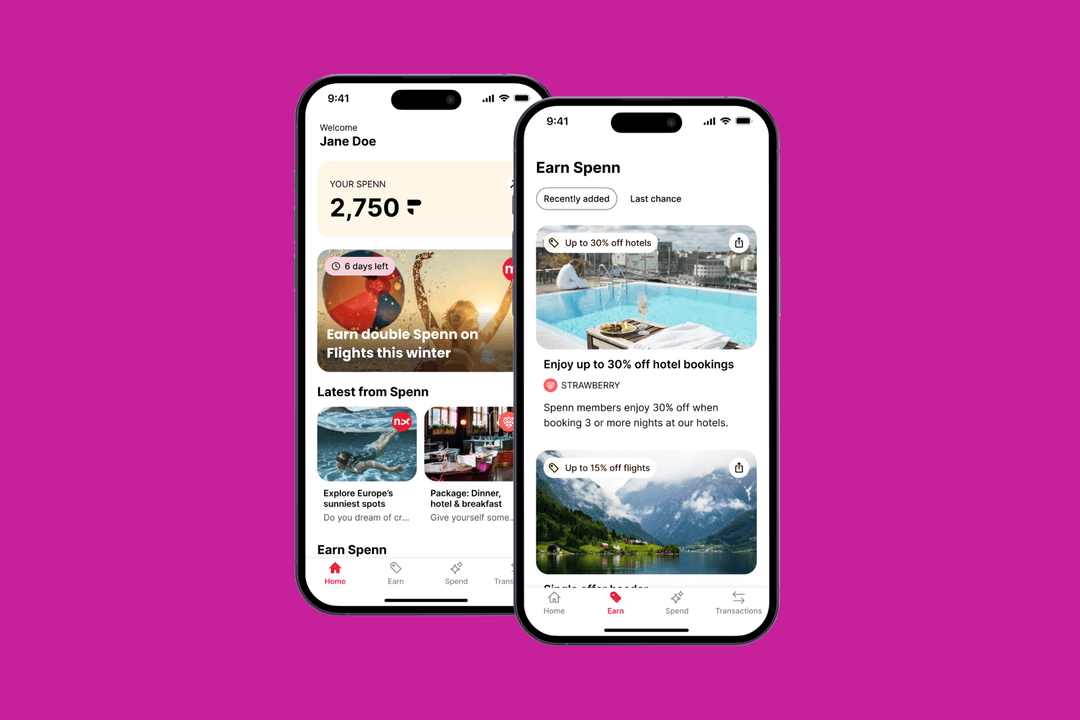Single Customer View: The next leap forward in conversion optimisation
It’s becoming increasingly rare to find businesses that only operate across a single channel.
As many industries have diversified and incorporated apps, websites, social and more into their transactional toolkit, it’s common practice for customers to interact with a business in many different ways before making a purchase.
This poses a challenge in some areas; it can be hard to follow a customer’s journey and assess which marketing campaigns they’ve already engaged with. No business wants to bombard its customers, but it’s also key that they receive the appropriate messaging.
As part of our work in conversion optimisation, Apadmi has explored the power of single customer views and how they can create a unified customer experience within our mobile solutions. We believe that this technology holds the power to unlock high conversion rates across a wide variety of sectors.
What is a single customer view?
A single customer view is a CRM (Customer Relationship Management) process, where a company can track a customer’s journey across all of its platforms. The process can require the integration and monitoring of touchpoints, including social media, web tracking, app behaviour and even physical interactions.
The key is to avoid duplication and create continuous attribution to a single customer, no matter how they interact with you. The need to avoid duplication is the core challenge within single customer view development – but, there are ways around this.
What are the benefits of a single customer view?
A recent survey from pointillist claimed “48% of enterprise CX leaders agree that lacking a single view of the customer and customer journey is the #1 challenge for effectively measuring customer experience”.
With a single customer view system, your business will be able to offer tailored experiences to every single customer, whether it’s their name on a product or a marketing campaign that’s targeted at them after a discussion they had with one of your retail assistants.
A single customer view will also give you a much more accurate picture of your customers’ behaviour, better informing your business decisions. For example, you may find that while your app performs poorly for conversions, it appears in 90% of successful customer journeys, highlighting a need to increase spend on your app and improve its functionality through either an app refresh or define service.
Finally, a single customer view can encourage customer loyalty, as they feel their exact needs are being tracked and met by your company – you may even be able to offer specific deals on key dates that are meaningful to them, like their birthday or anniversary.
How to implement a single customer view
The key to a successful single customer view implementation is flexibility and a deep understanding of your branded customer experience. There are multiple ‘out of the box solutions’ for CRM that offer some form of single customer view, but many fail to deliver due to their generalist approach, often struggling to fit the unique aspects of a business.
At Apadmi, we’ve found that the only way to ensure a single customer view works for any business, is to look at every touchpoint with the brand, identify how the customer’s interactions can be tracked and tagged to the same user, and then create a bespoke reporting and management platform, designed with input from across the business to ensure uptake.
Data analysis and single customer views
Once a single customer view has been created, there’s a second part of the project that often gets overlooked: data visualisation and analysis.
All members of your organisation with access to touchpoints must be able to see all the data collected in the single customer view and act upon it.
A powerful data visualisation tool is crucial and will empower your employees to make connections between client actions that they will remember forever. Again, while it’s possible to find data visualisation tools pre-built, it’s better to create something from scratch that’s integrated into the various tracking systems of the single customer view, allowing you to look for specific interactions unique to your organisation and its products.
Next steps...
If you think your business could benefit from a single customer view, you’ll need to perform a full audit of your touchpoints and start thinking about whether a pre-built or bespoke single customer view solution is right for you.
Apadmi can offer guidance on making the right decisions for your business and creating a single customer view that will boost conversions and offer powerful business insights.
Share
